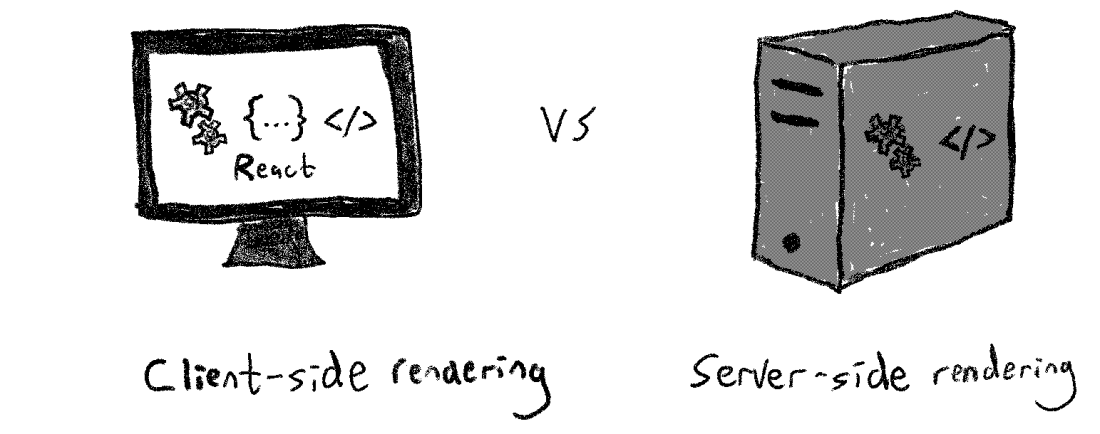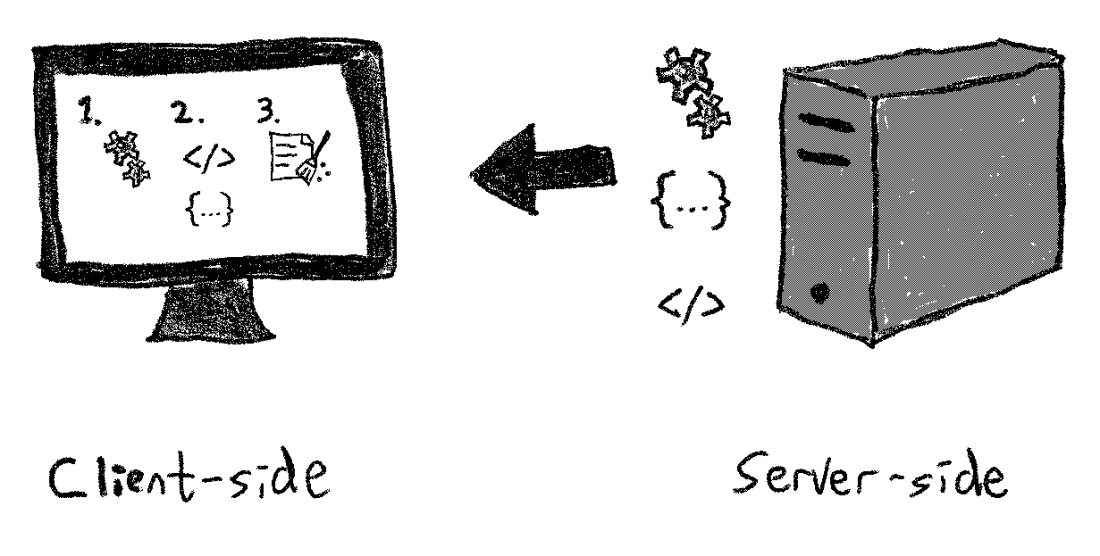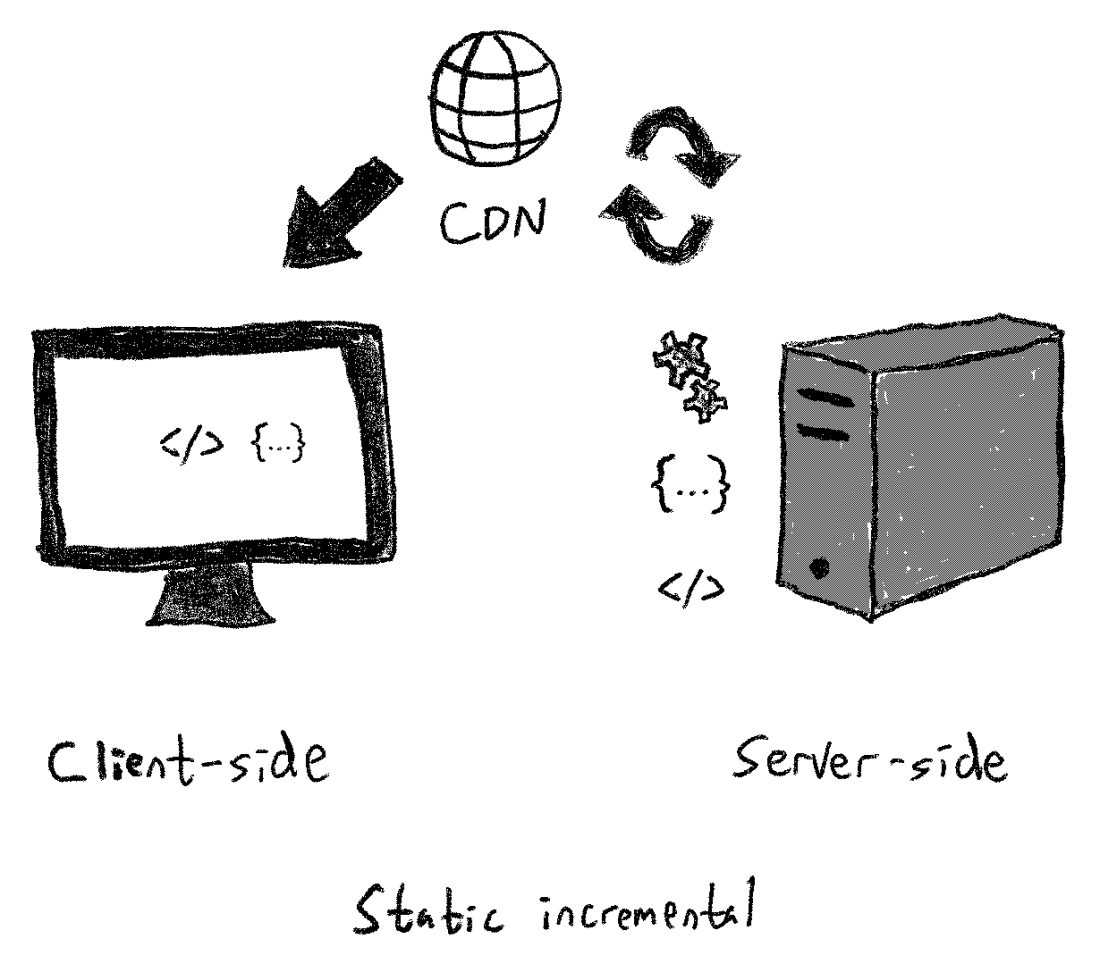What is Next.js?
It seems to be on every front-end developer’s lips these days, but what exactly is Next.js?

Blog post by Khubaibul Islam Shakib- Published at 3/31/2023
Next.js is a powerful and popular JavaScript framework that has gained a lot of attention in the web development community. Developed by Vercel, Next.js is built on top of React and Node.js and provides a powerful set of features for building modern, server-side rendered web applications.
In this blog post, we will take a closer look at Next.js, its key features, and the benefits it offers to developers.
What is Next.js?
Next.js is a framework for building server-side rendered (SSR) React applications. It provides a powerful set of features out of the box, including automatic code splitting, static file serving, and server-side rendering. Next.js also supports client-side routing, which allows for dynamic navigation without page refreshes.
One of the key benefits of Next.js is its ability to provide a seamless developer experience. It comes with a powerful development server that provides instant feedback on changes and supports hot module reloading. This allows developers to iterate quickly and efficiently, without having to worry about complex build processes or manual configuration.

Key Features of Next.js
Next.js comes with a range of powerful features that make it an attractive choice for building modern web applications. Here are some of the key features of Next.js:
Server-side rendering
Next.js provides built-in support for server-side rendering, which allows for faster page loads and improved SEO. With server-side rendering, pages are rendered on the server and sent to the client as HTML, which can be cached and served more efficiently than client-side rendered pages.
Automatic code splitting
Next.js automatically splits your code into smaller chunks, which are loaded as needed by the client. This can help to improve performance and reduce the size of your application.
Static file serving
Next.js supports the serving of static files, such as images, videos, and PDFs. This can help to improve the performance of your application by reducing the load on your server.
Client-side routing
Next.js supports client-side routing, which allows for dynamic navigation without page refreshes. This can help to provide a more seamless user experience and improve the performance of your application.
API routes
Next.js provides built-in support for creating API routes, which can be used to handle server-side logic and interact with databases or external APIs.
Incremental Static Regeneration (ISR)
Next.js supports Incremental Static Regeneration (ISR), a new method for generating static content. ISR allows you to pre-render pages incrementally and update them in the background without triggering a full rebuild.

Benefits of Next.js
Next.js provides a range of benefits to developers, including:
Improved performance
Next.js provides built-in support for server-side rendering and automatic code splitting, which can help to improve the performance of your application.
Enhanced developer experience
Next.js provides a seamless development experience, with a powerful development server, hot module reloading, and automatic configuration.
Flexible deployment options
Next.js can be deployed to a range of platforms, including Vercel, AWS, and Google Cloud Platform. This provides developers with flexibility and allows them to choose the platform that best suits their needs.

Conclusion
Next.js is a powerful and popular JavaScript framework that provides a range of features for building modern, server-side rendered web applications. With its built-in support for server-side rendering, automatic code splitting, and client-side routing, Next.js provides developers with a powerful set of tools for building high-performance web applications. Its seamless development experience and flexible deployment options make it an attractive choice for developers looking to build modern web applications.

GETTING STARTED
If you want to start building websites with Next.js, you need to consider the following:
- If your site is small and you don’t need editors to perform changes, you can just hardcode it
- If you need to change content without involving technicians, you will need a headless CMS.
- Whether or not you should also choose a composable CMS.
And if you for instance are building a cinema app—with services for ordering tickets, choosing seats, information about movies and actors, etc.—this probably involves a larger set of content. And this prompts the need for a headless CMS to handle the content as well.
You must also consider what APIs you need to deliver your specific project, as Next.js only is a front-end!
In any case, Next.js is set to make waves in the front-end community in the coming years, and we’re excited to take part in the adventure!



